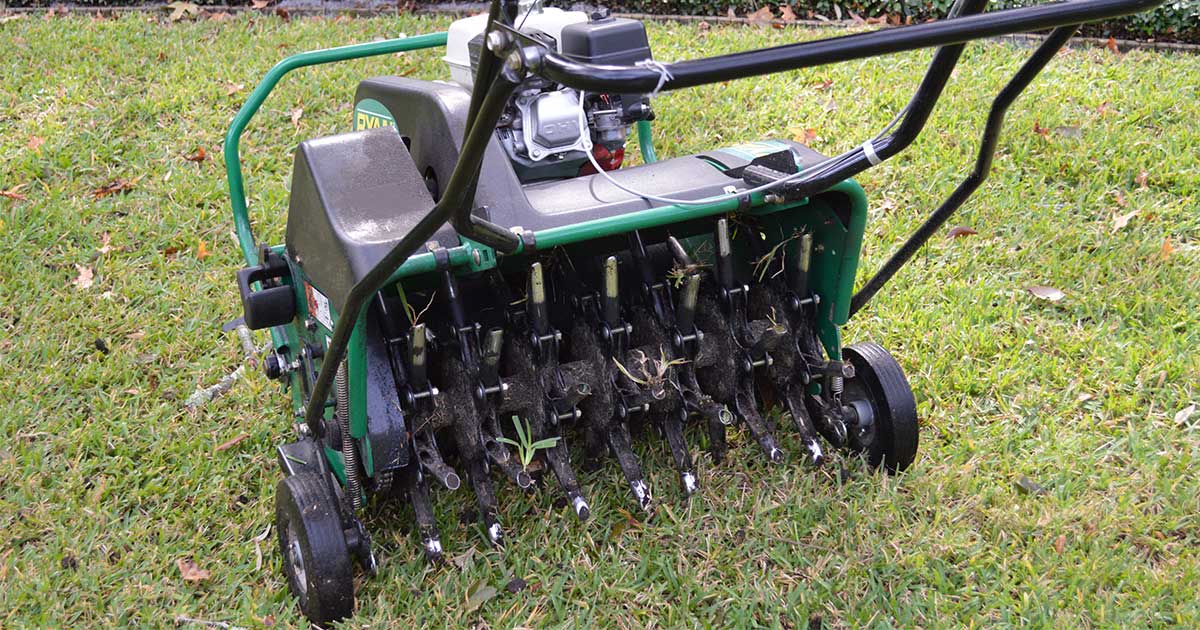The Benefits of Aerating Your Lawn
Aerating your lawn is a crucial step in maintaining a healthy and vibrant turf. This process involves creating small holes in the soil to allow air, water, and nutrients to penetrate deeply into the root zone of the grass. In this article, we will explore the numerous benefits of aerating your lawn and why it is essential for the overall health of your turf.
Improved Nutrient Absorption
One of the primary benefits of aerating your lawn is improved nutrient absorption. When the soil becomes compacted over time, it restricts the movement of air, water, and essential nutrients to the grassroots. By aerating your lawn, you create channels for these vital elements to reach the roots, allowing the grass to absorb nutrients more efficiently. This results in healthier and greener turf that can better withstand environmental stresses.
Enhanced Oxygen Circulation
Oxygen is crucial for the survival of grass roots. When the soil becomes compacted, oxygen circulation is hindered, leading to shallow root growth and weak turf. Aerating your lawn helps to alleviate soil compaction, allowing oxygen to penetrate deep into the root zone. This promotes the development of a robust root system, which is essential for the overall health and longevity of your lawn.
Reduction of Thatch Buildup
Thatch is a layer of dead grass, roots, and other organic matter that accumulates on the surface of the soil. Excessive thatch buildup can prevent water, air, and nutrients from reaching the grassroots, leading to a weakened turf. By aerating your lawn, you break up the thatch layer, promoting its decomposition and reducing the risk of thatch buildup. This allows for better water drainage and nutrient absorption, resulting in a healthier and more resilient lawn.
Improved Water Infiltration
Compacted soil often hinders water infiltration, leading to surface runoff and water wastage. Aerating your lawn helps to create channels in the soil, allowing water to penetrate deeply and reach the grassroots. This promotes better water absorption and retention, reducing the need for excessive watering. Additionally, improved water infiltration helps to prevent waterlogging, which can lead to the development of diseases and the decline of your lawn’s health.
Enhanced Root Development
Aeration plays a crucial role in promoting robust root development. By creating openings in the soil, aerating allows the roots to penetrate deeper and spread more extensively. This results in a denser root system, which helps the grass to access more water and nutrients from the soil. Strong and healthy roots provide a solid foundation for your lawn, making it more resistant to drought, disease, and other stresses.
Stimulation of New Growth
Aerating your lawn stimulates new growth by breaking up compacted soil and allowing the grass to breathe. This process encourages the emergence of new shoots and helps to rejuvenate thin or sparse areas of your lawn. By promoting new growth, aerating can help to fill in bare patches and create a more lush and uniform turf.

Aerating your lawn is a vital practice for maintaining a healthy and beautiful turf. By improving nutrient absorption, enhancing oxygen circulation, reducing thatch buildup, improving water infiltration, promoting root development, and stimulating new growth, aeration provides numerous benefits that contribute to the overall health and longevity of your lawn. Make sure to include aeration as a regular part of your lawn care routine to enjoy the advantages of a well-aerated and thriving lawn.
Frequently Asked Questions
1. What is lawn aeration?
Aeration is the process of perforating the soil with small holes to allow air, water, and nutrients to penetrate the grassroots.
2. Why is lawn aeration important?
Lawn aeration helps to alleviate soil compaction, improve drainage, and promote healthier root growth.
3. When is the best time to aerate my lawn?
The best time to aerate your lawn is during the growing season, either in the spring or fall when the grass is actively growing.
4. How often should I aerate my lawn?
For most lawns, aerating once a year is sufficient. However, heavily compacted or high-traffic areas may require more frequent aeration.
5. What are the benefits of aerating my lawn?
Aerating your lawn can improve oxygen circulation, enhance water absorption, reduce thatch buildup, and promote stronger and healthier grass roots.
6. Can I aerate my lawn myself?
Yes, you can aerate your lawn yourself using a manual or motorized aerator. However, for larger lawns, it may be more efficient to hire a professional lawn care service.
7. Will aerating my lawn help with weed control?
Aerating alone won’t eliminate weeds, but it can create a healthier lawn that is more resistant to weed invasion. Combine aeration with proper weed control practices for best results.
8. Can I mow my lawn immediately after aerating?
It is recommended to wait a few days before mowing your lawn after aerating to allow the grass roots to recover and minimize stress on the turf.
9. Should I fertilize my lawn after aerating?
Yes, aerating creates open channels for nutrients to reach the grassroots. Applying fertilizer after aeration can maximize its effectiveness and promote vigorous growth.
10. Is overseeing beneficial after aerating?
Yes, overseeing immediately after aerating can help fill in thin or bare spots, improve the density of your lawn, and enhance its overall appearance.




